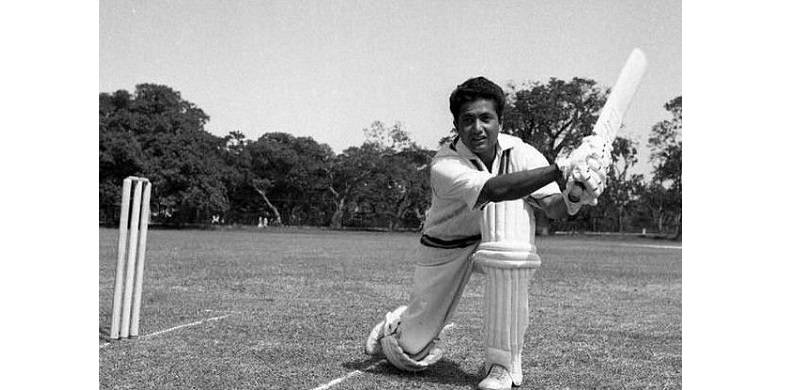
The expecting of the unexpected has always been a fascinating element in cricket. From the pages of Test cricket history, I have pulled out a few instances: confident that even if you were not a huge cricket buff, these instances would make you wonder. So it is time to step into that space.
1.) Jason Gillespie
Australia’s maiden Test tour of Bangladesh in April 2006 is best remembered for the still-hard-to-believe double-century of nightwatchman Jason Gillespie.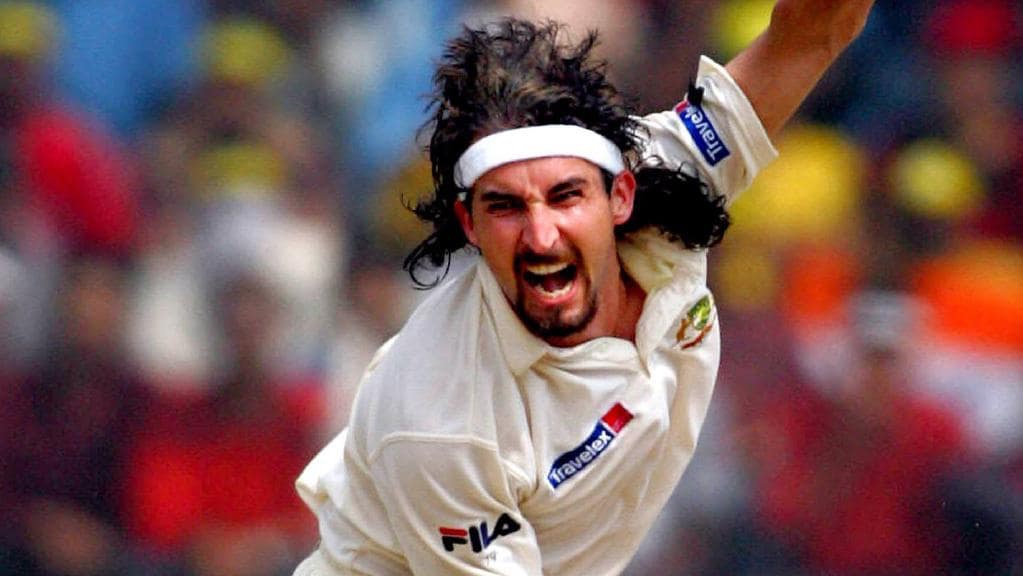
Day One of the second of the two Test series started as Bangladesh won the toss and elected to bat. Jason Gillespie took three early wickets to reduce Bangladesh to 3/17 inside eight overs. Wickets fell regularly and the hosts were dismissed for 197 soon after tea. The Australians went into bat with 20 overs left in the day. However, Matthew Hayden was dismissed near close and in walked nightwatchman Jason Gillespie, normally a No. 10 batsman, expected to play out the last few overs. He was 5* at stumps and little did the world know what was to unfold. Only 18 overs were played on a rain-shortened Day Two. Captain Ponting was at the crease when play ended with the score at 2/151, with Gillespie still there at 28*.
During the afternoon session of Day Three, Gillespie reached his century, the first ever in his Test and First-Class career. On Day Four partner Michael Hussey completed his 4th Test Century. Both made great progress through the day making 150 each for a record fourth wicket partnership of 320 runs, before Hussey was dismissed for 182. Shortly after lunch, Gillespie reached his incredible landmark. His 201 n.o. came from 425 balls and 574 minutes, spread across four days of flawless batting. His second hundred was much faster than the first, coming from only 129 balls. Ponting declared soon after Gillespie's double ton, with the score 4/581. Australia then sliced through the hosts and won the Test by an innings and 80 runs.
Rowe became the first batsman in Test history to compile a double century and a hundred on his Test debut. He still remains the only Test cricketer to achieve that feat
Here are some remarkable facts to ponder:
Gillespie’s score is the highest ever by a nightwatchman in international cricket and the highest by an Australian against Bangladesh.
It also made the Aussie paceman the third nightwatchman to make a Test Century, and the longest innings by a nightwatchman, with his first 100 coming from 296 balls.
- This was his first and the only century in his Test and First-Class career, which was to be the final Test match of his international career.
Gillespie was awarded Man-of-the-Match for his double-century and bowling figures of 3/11.
He was also named Man of the Series for his 8 wickets, at an average of 11.3 in the two Tests.
The fast bowler set these multiple world records on April 19th, his 31st birthday.
Indeed, every dog has his day, but what a majestic way this was to say farewell to a cricket career.
2.) Ashton Agar
Following his good form, young Agar was named to make his Test debut in the first Ashes Test of the series in 2013 played at Trent Bridge. Aged 19 years and 269 days, he became the twelfth-youngest Australian to make his Test debut in the Ashes. A left-arm spinner coming in at No.11 in the first innings, with Australia reeling at 117 for 9, Agar struck a stunning 98 from 101 balls - the highest Test score by a No.11 batsman - playing strokes any top-order batsman would envy. When it was his turn to bowl, he picked up Alastair Cook as his maiden victim. Several Test records were made that day: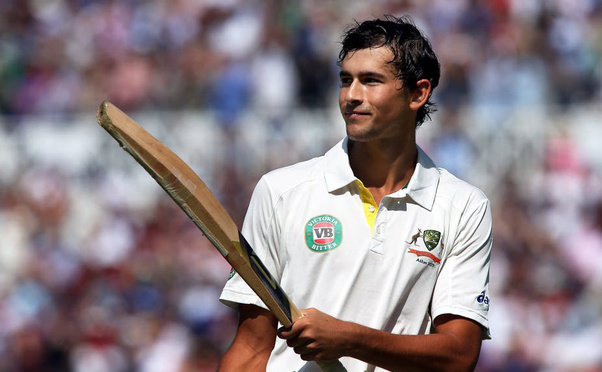
At 19, Agar was the youngest Australian since 1929 to make his Test debut in the Ashes.
The first player ever to score a half-century as a No.11 batsman on debut.
The highest Test score (98) ever by a No.11 batsman.
With Phillip Hughes, the highest partnership (163 runs) for the last wicket.
- Made him the first teenaged Australian spinner to take a Test wicket on debut.
However, after his incredible start to international cricket, further success has been harder to come by with sporadic appearances across the three formats - including just two more Tests since the two in 2013, although by 2020 he had settled more into the T20 format.
3.) Hanif Mohammed
In what is still the longest Test innings in cricket history, Hanif Mohammed batted a staggering 970 minutes to score 337 at Bridgetown in 1958, the highest score made in West Indies by a visiting batsman, that too against some of the most hostile pace attack, when helmets were unheard of.
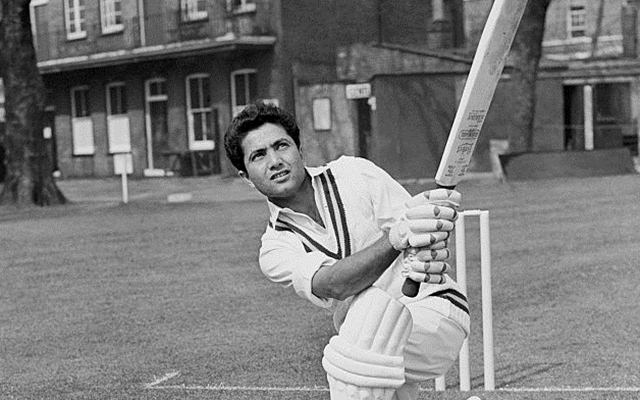 After West Indies piled on a mammoth 579, Pakistan were bundled out for just 106, courtesy the fearsome Gilchrist, Collie Smith and Hall. Following-on from the first-innings deficit of 473 runs on the third day, 23-year old Hanif spent more than sixteen hours at the crease to compile 337, enabling Pakistan to draw the game. His innings was the epitome of concentration, in which he never hit the ball in the air and yet was confident enough to send 24 hits to the fence.
After West Indies piled on a mammoth 579, Pakistan were bundled out for just 106, courtesy the fearsome Gilchrist, Collie Smith and Hall. Following-on from the first-innings deficit of 473 runs on the third day, 23-year old Hanif spent more than sixteen hours at the crease to compile 337, enabling Pakistan to draw the game. His innings was the epitome of concentration, in which he never hit the ball in the air and yet was confident enough to send 24 hits to the fence.
Some more statistics on this epic innings:
Hanif’s 337-run knock is also the highest individual score by any player in an away Test, passing England’s Wally Hammond’s 336* recorded in Auckland in 1933.
This is also the longest Test innings in the terms of minutes, the only player to bat over 900 minutes in a Test innings.
- It was the highest Test score at the time, surpassing Bradman’s 334 and is still the highest individual score for Pakistan in Tests.
Hanif’s 337 is still the highest second innings score in Test history. It was the only instance of a triple century in a team's second innings until NZ’s Brendon McCullum’s 302 against India in 2014.
4.) Bob Massie
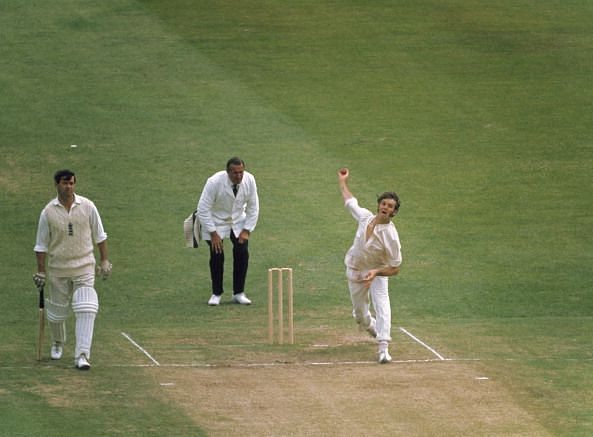 Massie took 8/84 and 8/53 on his Test debut in the Second Ashes Test at Lord’s in 1972 to help square the series for Australia. His display of swing bowling yielded him the third best match figures of all time up to then, 16/137 (behind Jim Laker’s 19/90 and Sydney Barnes’ 17/159) and the best ever match figures on debut (later bettered by one run by Narendra Hirwani’s 16/136). He took 23 wickets in the Tests, twice taking five in an innings and once ten in a match. However, he was unable to replicate his form in his remaining matches, his best being 4/43 in the Third Test. Massie’s health failed him on the 1973 Windies tour and he was never able to recover his swing and accuracy again. Despite a dreamy Test debut, The lord of the Lord’s, just played 6 Tests in his career which got him 31wickets.
Massie took 8/84 and 8/53 on his Test debut in the Second Ashes Test at Lord’s in 1972 to help square the series for Australia. His display of swing bowling yielded him the third best match figures of all time up to then, 16/137 (behind Jim Laker’s 19/90 and Sydney Barnes’ 17/159) and the best ever match figures on debut (later bettered by one run by Narendra Hirwani’s 16/136). He took 23 wickets in the Tests, twice taking five in an innings and once ten in a match. However, he was unable to replicate his form in his remaining matches, his best being 4/43 in the Third Test. Massie’s health failed him on the 1973 Windies tour and he was never able to recover his swing and accuracy again. Despite a dreamy Test debut, The lord of the Lord’s, just played 6 Tests in his career which got him 31wickets.
5.) Lawrence Rowe
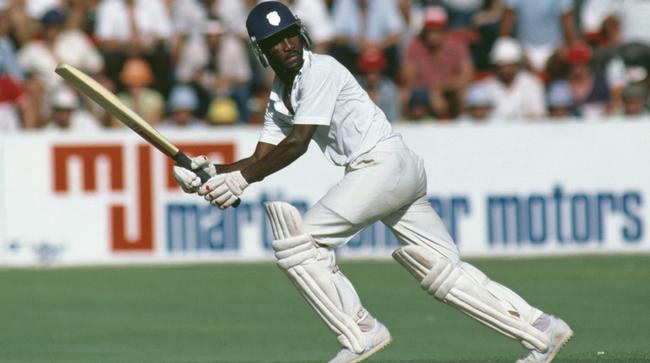 Lawrence Rowe's natural talent came to the fore in his debut Test itself against New Zealand. In front of his home crowd in Jamaica on 16th February 1972, Rowe drove with grace, crafted some stunning late cuts and hooked with dare to crack a double ton (214). He then followed it up with a 100*in the second innings. With that, Rowe became the first batsman in Test history to compile a double century and a hundred on his Test debut. He still remains the only Test cricketer to achieve that feat. Two years later again on the pacy track at Kingston, this time against England, he showcased tremendous footwork and style to score another spectacular century. In the very next Test in Barbados, in March 1974 he tore apart the English attack with a dazzling 302. Cricket lovers still recall the vicious bouncer he received from Bob Willis, which was smashed flat, travelling at head height like a torpedo, into the stands at square leg.
Lawrence Rowe's natural talent came to the fore in his debut Test itself against New Zealand. In front of his home crowd in Jamaica on 16th February 1972, Rowe drove with grace, crafted some stunning late cuts and hooked with dare to crack a double ton (214). He then followed it up with a 100*in the second innings. With that, Rowe became the first batsman in Test history to compile a double century and a hundred on his Test debut. He still remains the only Test cricketer to achieve that feat. Two years later again on the pacy track at Kingston, this time against England, he showcased tremendous footwork and style to score another spectacular century. In the very next Test in Barbados, in March 1974 he tore apart the English attack with a dazzling 302. Cricket lovers still recall the vicious bouncer he received from Bob Willis, which was smashed flat, travelling at head height like a torpedo, into the stands at square leg.
Rowe’s batting ability was so extraordinary that the legendary Gary Sobers believed that he could have been the greatest West Indian batsman of all time. However, Rowe was very injury prone, suffered problems with his vision, plus a severe allergy to grass, which left him unable to go beyond 30 Tests.
6.) Wasim Akram
Wasim Akram is considered by many as possibly the greatest left-arm fast bowler to have graced a cricket field. Akram won 17 Man-of-the-Match awards in his 104 Tests. He took four hat-tricks in international cricket—two in ODIs and two in Tests, a record he shares with Sri Lankan Lasith Malinga. The 414 Test wickets and 502 One Day International wickets are enough to tell the story.
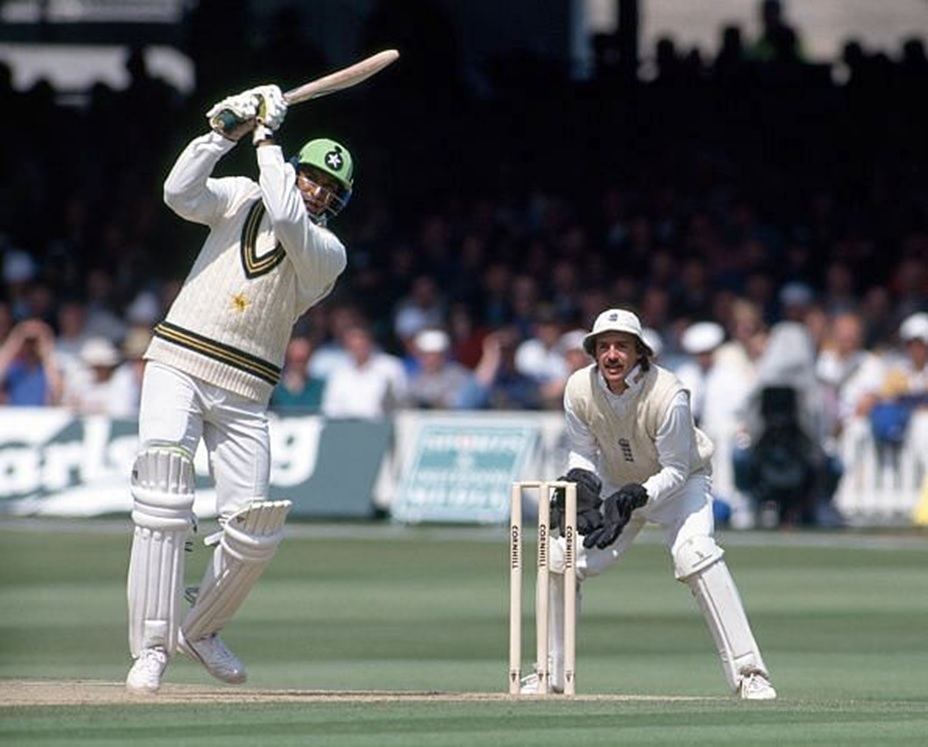 Today, however, we look at Wasim’s amazing 257* against Zimbabwe in 1996 which broke many records. His was the highest individual Test score recorded by a number-8 batsman. He hit 12 sixes in that game, a record for the most 6s by any player in a single Test innings. In a world of McCullum, Sehwag, Gayle, Afridi and Gilchrist, the man who holds the world record for most 6s in a Test innings is still Wasim Akram.
Today, however, we look at Wasim’s amazing 257* against Zimbabwe in 1996 which broke many records. His was the highest individual Test score recorded by a number-8 batsman. He hit 12 sixes in that game, a record for the most 6s by any player in a single Test innings. In a world of McCullum, Sehwag, Gayle, Afridi and Gilchrist, the man who holds the world record for most 6s in a Test innings is still Wasim Akram.
Replying to Zimbabwe’s first innings total of 375, Pakistan found themselves languishing at 183/6. The left-handed captain Wasim Akram came out to bat next and hit his way out of the trouble. His partners fell around him, but Akram remained not out at 257.
One last entry to end the cricket fairy tales.
Akram’s 257* is the highest score for anyone who has taken more than 300 Test wickets. In fact, except for Sir Ian Botham, Wasim Akram is the only player to score such a Test double century. Botham scored 208 against India at the Oval in 1982, so Wasim Akram still remains King. And then they say that Test cricket is boring!

